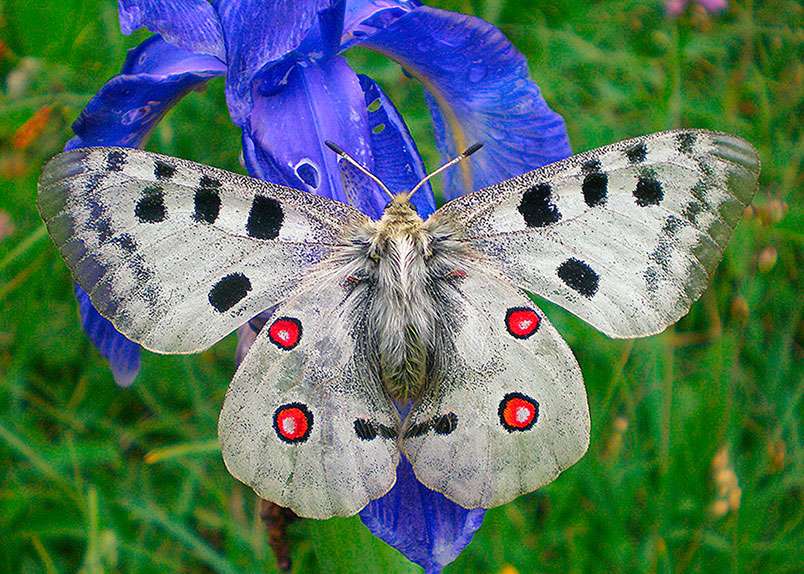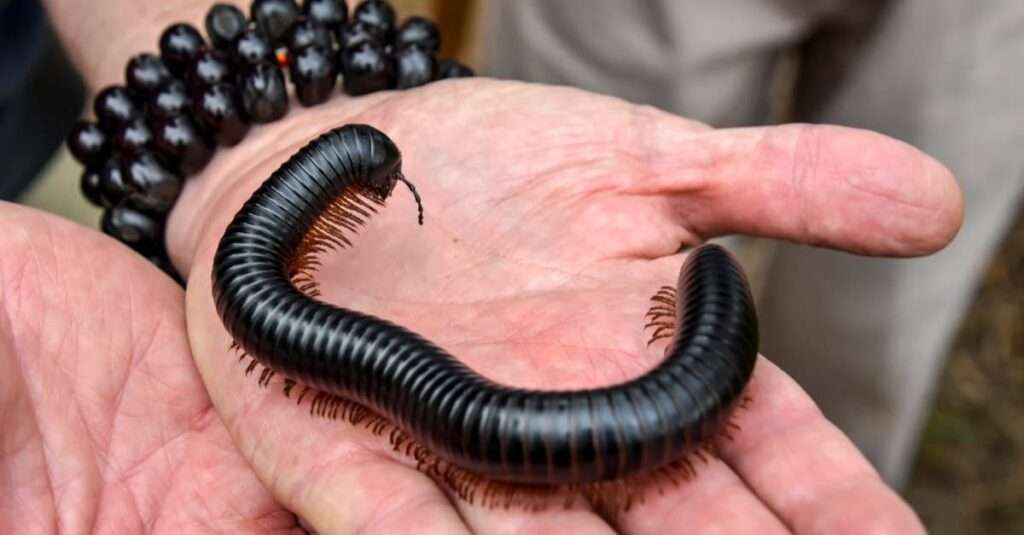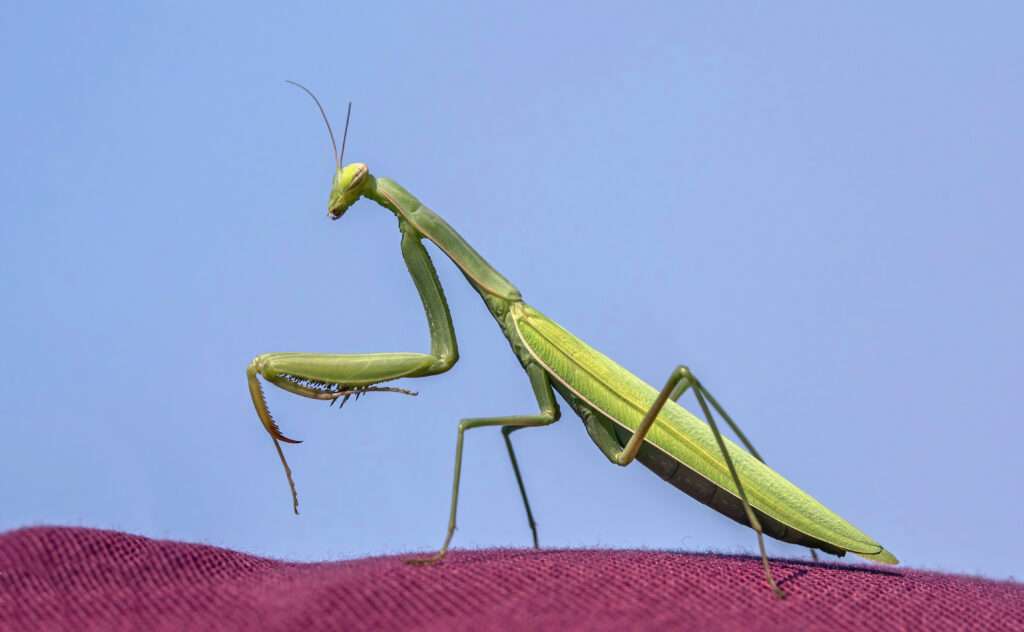
Insects belonging to the Lepidoptera order, which also includes butterflies and moths. Lepidoptera, which make up 126 families and 46 superfamilies and have about 180,000 identified species. It belongs to one of the most common and well-known insect orders in the world. The Lepidoptera exhibit a wide range of variants on the fundamental body form that have evolved for benefits in dispersion and lifestyle. Along with the Hymenoptera, Diptera, and Coleoptera, the order is among the four most specious orders and may contain more species than previously believed.
Different lepidopteran species from more than three derived traits distinguish. The bodies are covered in scales, and there are wings and a proboscis as well. Butterflies and moths have a vast range of colors and patterns because of their modified scales, which have flattened “hairs.” Usually, mating and egg-laying take place close to or on host plants for the larvae.
Morphology
The term “scaly wings” refers to the order Lepidoptera (moths and butterflies). The primary traits of butterflies and moths are listed below.
- Two pairs of membranous wings that overlap like shingles on a roof are coated in microscopic scales. Several moths lack wings.
- substantial compound eyes
- Above each eye, there is one ocellus.
- There are antennas. Female moths have thin, long antennae, whereas male moths typically have feathery antennae.
- The antennae of butterflies are clubbed.
- A haustellum, or tube used for sucking, is created from the mouthparts.
- The caterpillar-like larvae have a sclerotized head with chewing (mandibulate) mouthparts, three pairs of thoracic legs and frequently have prolegs that are short, unsegmented on the abdomen.

Food
These are carnivorous. However, some moth and butterfly larvae are preying on soft-bodied insects (like scale or ant larvae) or other caterpillars. The majority of moth and butterfly larvae are herbivorous, either eating vegetation or wood. Although some adults don’t eat at all due to decreased mouthparts, adults typically consume nectar.
Habitat
The variety of their feeding plants greatly influences the spread of moths and butterflies, which are present over the majority of Australia. Caterpillars on all plant parts as they eat almost exclusively on plant material. Moths can also be seen during the day resting camouflaged on tree trunks and other surfaces, in dark crevices or on their host plants. Adult butterflies can typically be seen fluttering close to their food plants during the day.
Life Cycle
A complete life cycle for moths and butterflies consists of the four phases of egg, caterpillar (larvae), pupa, and adult. The eggs are typically placed either alone or in groups near the caterpillar’s feeding plant. A female may lay a few or tens of thousands of eggs depending on species, although a few hundred is a reasonable average. Depending on the species, caterpillars typically grow through 4 to 7 instars over the course of a few weeks to a few months before pupating.
Caterpillars typically look for a protected area to create their cocoons when they are ready to pupate. Others may pupate in the ground, leaf litter, or inside the wood they have been tunnelling in, while some may do so while still clinging to plants. While certain moths and butterflies may reproduce continually, many only have one or two generations every year.
Keep as Pet
- Keep an eye out for the butterfly emergence. It’s time for the baby butterflies to emerge when the chrysalides start to turn clear or dark after several months. They emerge and start to spread their wings in a matter of seconds. They’ll slowly move their wings while hanging from the underside of the stick, giving them time to solidify. Again, without room for this crucial phase, they won’t be able to fly because their wings won’t ever fully develop.
- When the butterflies start to fly, release them. It’s time when they begin to flutter about the jar! Place the jar next to their host plant after taking it outside. Let the butterflies out of the container once it is opened. Enjoy the fact that you improved your neighborhood’s ecosystem by fostering a healthy butterfly population.
- Instead of trying to keep them within, releasing butterflies gives them the best chance of surviving. The owner can keep them inside for a while if it’s cold outside or if owner just want to watch them for a few days. Feed them the sugar solution described in the following step and place them in a large jar with numerous sticks.
- Feed a sugar solution to butterflies. A small sponge soaked in a solution of one part sugar to four parts water can be placed out if the owner wants to feed the butterflies, either because it’s too chilly to let them out or because the owner enjoys watching them eat. Butterflies will land in the sweet liquid and use their feet to sample it.
Species Number
Lepidoptera, which make up 126 families and 46 superfamilies and have about 180,000 identified species, account for 10% of all described species of living things.
Table





